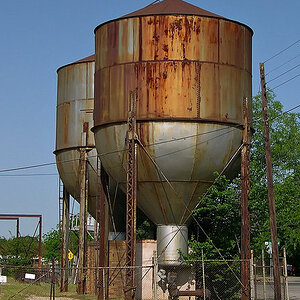MyOwnPath
TPF Noob!
- Joined
- Apr 29, 2004
- Messages
- 27
- Reaction score
- 0
How many professionals here use slides vs. negatives?
I use photography for art and sell framed prints in various forms, and it seems that if I want to elevate myself to selling to magazines and such, it would be worth it to start using slides.
I have never used slides and want to know the benefits against the drawbacks. What does it cost you to get a roll of slides developed, and how much do prints cost on average?
Slides seem easier to store as well. Thanks!
--Trav--
I use photography for art and sell framed prints in various forms, and it seems that if I want to elevate myself to selling to magazines and such, it would be worth it to start using slides.
I have never used slides and want to know the benefits against the drawbacks. What does it cost you to get a roll of slides developed, and how much do prints cost on average?
Slides seem easier to store as well. Thanks!
--Trav--



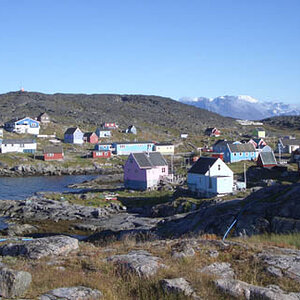
![[No title]](/data/xfmg/thumbnail/39/39185-29433e4f46e4b0bd394d10962886594c.jpg?1619738904)
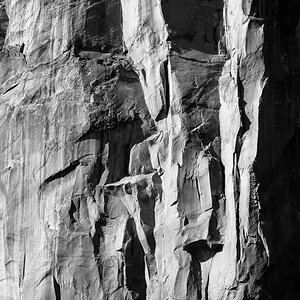
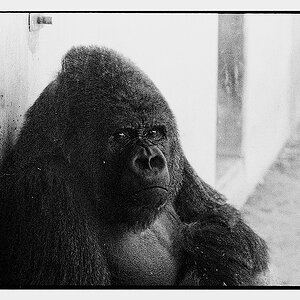


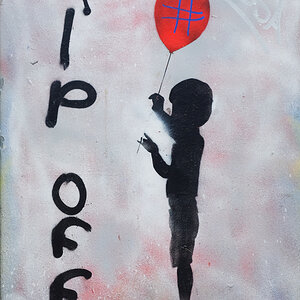
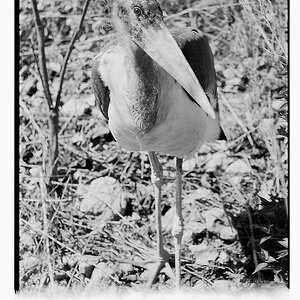

![[No title]](/data/xfmg/thumbnail/39/39188-ef8378fc9359eda8e99899c2e12f3892.jpg?1619738906)
